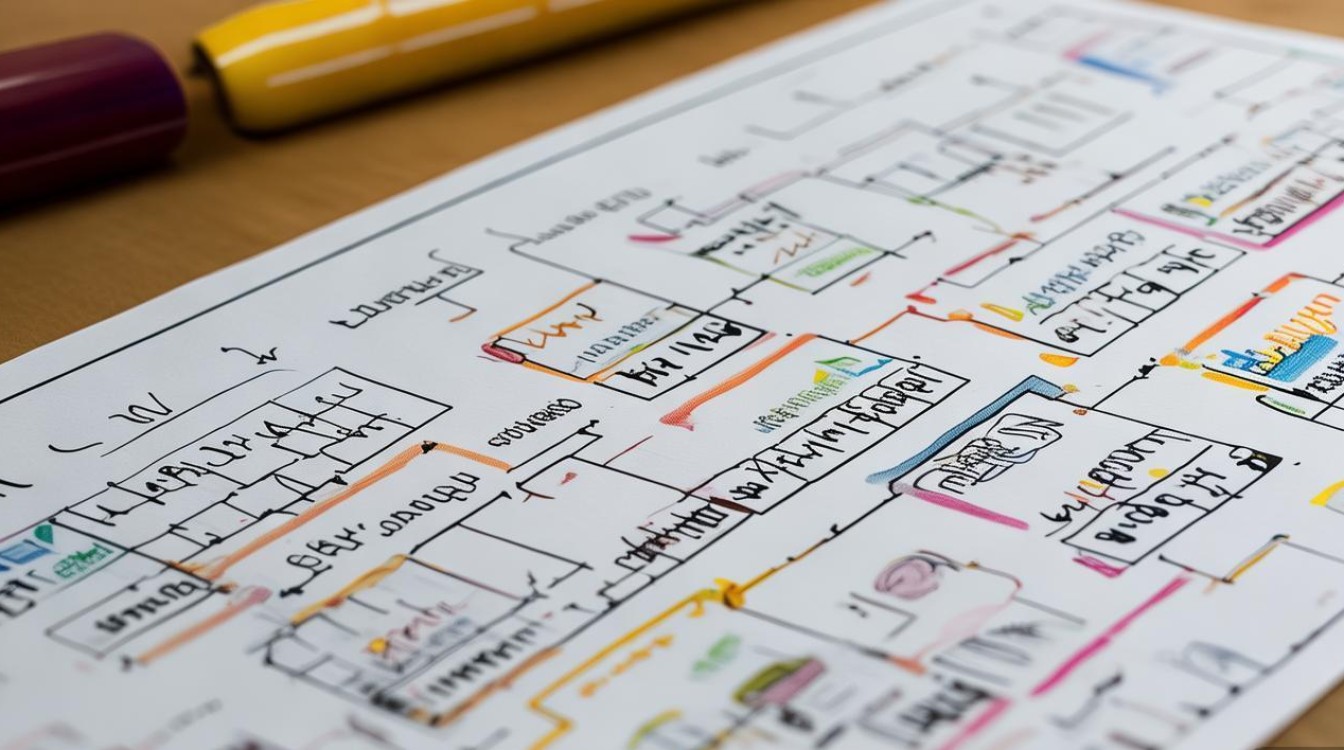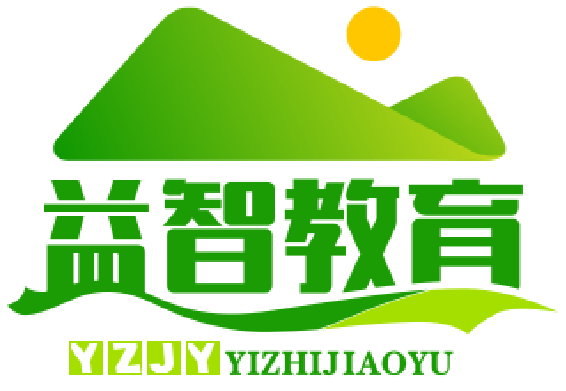这份思维导图以“我的多彩生活”为主题,涵盖了四年级英语学习的核心知识点,包括词汇、句型、语法和时态,它可以帮助孩子系统地梳理知识,建立清晰的英语知识网络。

四年级英语核心知识思维导图
中心主题:My Colorful Life (我的多彩生活)
一级分支 1: Vocabulary (词汇)
核心思想: 将词汇按主题分类,便于记忆和联想。
-
1 People (人物)
- Family (家人):
father (爸爸),mother (妈妈),parents (父母),brother (兄弟),sister (姐妹),grandpa (爷爷/外公),grandma (奶奶/外婆),uncle (叔叔/舅舅),aunt (阿姨/姑姑),cousin (堂/表兄弟姐妹) - Occupations (职业):
teacher (老师),student (学生),doctor (医生),nurse (护士),driver (司机),farmer (农民),singer (歌手),writer (作家)
- Family (家人):
-
2 School Life (校园生活)
- Subjects (科目):
English (英语),Math (数学),Chinese (语文),Music (音乐),Art (美术),P.E. (体育),Science (科学) - School Things (学习用品):
book (书),notebook (笔记本),pen (钢笔),pencil (铅笔),ruler (尺子),eraser (橡皮),schoolbag (书包),desk (课桌),chair (椅子) - Places (地点):
classroom (教室),library (图书馆),playground (操场),gym (体育馆)
- Subjects (科目):
-
3 Daily Activities (日常活动)
- Morning (早上):
get up (起床),wash face (洗脸),brush teeth (刷牙),have breakfast (吃早餐) - School Day (上学日):
go to school (去上学),have classes (上课),play games (玩游戏),do homework (做作业),go home (回家) - Evening (晚上):
have dinner (吃晚餐),watch TV (看电视),read books (读书),go to bed (睡觉)
- Morning (早上):
-
4 Food & Drinks (食物和饮料)
- Food (食物):
rice (米饭),noodles (面条),bread (面包),egg (鸡蛋),meat (肉),fish (鱼),vegetables (蔬菜),soup (汤) - Fruits (水果):
apple (苹果),banana (香蕉),orange (橙子),grape (葡萄),watermelon (西瓜),strawberry (草莓) - Drinks (饮料):
water (水),milk (牛奶),juice (果汁),tea (茶),Coke (可乐)
- Food (食物):
-
5 Animals & Nature (动物与自然)
- Animals (动物):
cat (猫),dog (狗),pig (猪),duck (鸭子),bird (鸟),panda (熊猫),tiger (老虎),lion (狮子),monkey (猴子),elephant (大象) - Nature (自然):
sun (太阳),moon (月亮),star (星星),sky (天空),cloud (云),rain (雨),snow (雪),tree (树),flower (花),grass (草)
- Animals (动物):
-
6 Time & Weather (时间与天气)
- Time (时间):
year (年),month (月),week (周),day (天),hour (小时),minute (分钟),morning (早上),afternoon (下午),evening (晚上),night (夜晚) - Weather (天气):
sunny (晴朗的),cloudy (多云的),rainy (下雨的),windy (有风的),snowy (下雪的),hot (热的),cold (冷的),warm (温暖的),cool (凉爽的)
- Time (时间):
一级分支 2: Key Sentence Patterns (核心句型)
核心思想: 掌握日常交流中最常用的句子结构。
-
1 Greetings & Farewells (问候与告别)
Hello! / Hi!(你好!)Good morning / afternoon / evening.(早上/下午/晚上好。)How are you? I'm fine, thank you. And you?(你好吗?我很好,谢谢,你呢?)Nice to meet you.(很高兴认识你。)Goodbye! / Bye-bye!(再见!)See you later / tomorrow.(待会见/明天见。)
-
2 Introductions (介绍)
This is...(这是...)My name is... / I'm...(我的名字是.../ 我是...)I'm from...(我来自...)He/She is...(他/她是...)He/She has...(他有...)
-
3 Asking for Information (询问信息)
What's this/that in English?(这个/那个用英语怎么说?)It's a/an...(它是一个...)What color is it?(它是什么颜色的?)It's...(它是...)How old are you?(你多大了?)I'm... years old.(我...岁了。)Where is my...?(我的...在哪里?)It's in/on/under the...(它在...里面/上面/下面。)
-
4 Talking About Daily Life (谈论日常生活)
I/You/He/She like(s)...(我/你/他/她喜欢...)I/You/He/She don't/doesn't like...(我/你/他/她不喜欢...)What do you like?(你喜欢什么?)I like...(我喜欢...)What time is it?(现在几点了?)It's... o'clock.(...点了。)I can...(我会...)Can you...?(你会...吗?)Yes, I can. / No, I can't.(是的,我会。/ 不,我不会。)
-
5 Wishes & Thanks (祝愿与感谢)
Thank you! / Thanks!(谢谢!)You're welcome.(不客气。)Happy birthday!(生日快乐!)Merry Christmas!(圣诞快乐!)
一级分支 3: Grammar Points (语法要点)
核心思想: 理解并运用基础语法规则,让句子更准确。
-
1 Nouns (名词)
- Plural Form (复数形式):
- 规则变化:
book -> books,cat -> cats,pen -> pens - 特殊变化:
child -> children,man -> men,woman -> women,foot -> feet,tooth -> teeth - 不可数名词:
water,milk,rice,juice(通常没有复数形式)
- 规则变化:
- Plural Form (复数形式):
-
2 Pronouns (代词)
- Subject Pronouns (主格代词):
I (我),You (你/你们),He (他),She (她),It (它),We (我们),They (他们/她们/它们) - Object Pronouns (宾格代词):
me (我),you (你/你们),him (他),her (她),it (它),us (我们),them (他们/她们/它们) - Possessive Pronouns (物主代词):
my (我的),your (你的/你们的),his (他的),her (她的),its (它的),our (我们的),their (他们的/她们的/它们的)
- Subject Pronouns (主格代词):
-
3 Verbs (动词)
- -ing Form (现在分词/动名词): 用于进行时态。
- 规则变化:
go -> going,play -> playing,read -> reading - 特殊变化:
run -> running,swim -> swimming,get -> getting(双写最后一个辅音字母)
- 规则变化:
- Third Person Singular (第三人称单数): 用于一般现在时,主语是 he/she/it 时。
- 规则变化:
like -> likes,go -> goes,watch -> watches(加 -es) - 特殊变化:
study -> studies,have -> has
- 规则变化:
- -ing Form (现在分词/动名词): 用于进行时态。
-
4 Adjectives (形容词)
- 用来描述名词的特征,如
big (大的),small (小的),tall (高的),short (矮的),long (长的),short (短的),happy (开心的),sad (伤心的),beautiful (漂亮的),colorful (多彩的) - 位置:通常放在名词前面,
a big apple,a happy dog.
- 用来描述名词的特征,如
-
5 Prepositions (介词)
- 表示地点、位置关系。
in (在...里面):in the box(在盒子里)on (在...上面):on the desk(在桌子上)under (在...下面):under the chair(在椅子下面)near (在...附近):near the school(在学校附近)behind (在...后面):behind the door(在门后面)
一级分支 4: Tenses (时态)
核心思想: 掌握最核心的两种时态,表达不同的时间发生的事情。
-
1 Simple Present Tense (一般现在时)
- 用法:
- 描述经常性、习惯性的动作或状态。
I get up at 6:30 every day.(我每天6:30起床。) - 描述客观事实或真理。
The earth goes around the sun.(地球绕着太阳转。)
- 描述经常性、习惯性的动作或状态。
- 结构:
- 肯定句:
主语 + 动词原形/三单形式 + ...I like apples./He likes apples.
- 否定句:
主语 + don't/doesn't + 动词原形 + ...I don't like apples./He doesn't like apples.
- 一般疑问句:
Do/Does + 主语 + 动词原形 + ...?Do you like apples?/Does he like apples?
- 肯定句:
- 用法:
-
2 Present Continuous Tense (现在进行时)
- 用法: 描述说话时正在发生的动作。
Look! The bird is flying.(看!那只鸟正在飞。)I am doing my homework now.(我正在做作业。)
- 结构:
主语 + am/is/are + 动词-ing形式 + ...- 肯定句:
I am reading a book. - 否定句:
I am not reading a book. - 一般疑问句:
Are you reading a book?
- 肯定句:
- 用法: 描述说话时正在发生的动作。
如何使用这份思维导图?
- 绘制导图: 可以让孩子亲手在纸上或用电脑软件(如XMind, MindMaster)画出这份思维导图,边画边记,印象更深刻。
- 填充细节: 在每个分支下,让孩子自己补充学过的单词和句子,进行个性化整理。
- 复习工具: 每次复习时,看着思维导图的分支,回忆起具体的内容,检查自己是否掌握了所有知识点。
- 口语练习: 以思维导图的话题为线索,进行对话练习,看着 "Food" 分支,练习 "What do you like for breakfast?" 这样的对话。
希望这份详细的思维导图能帮助四年级的同学们更好地学习英语,让知识体系一目了然!











